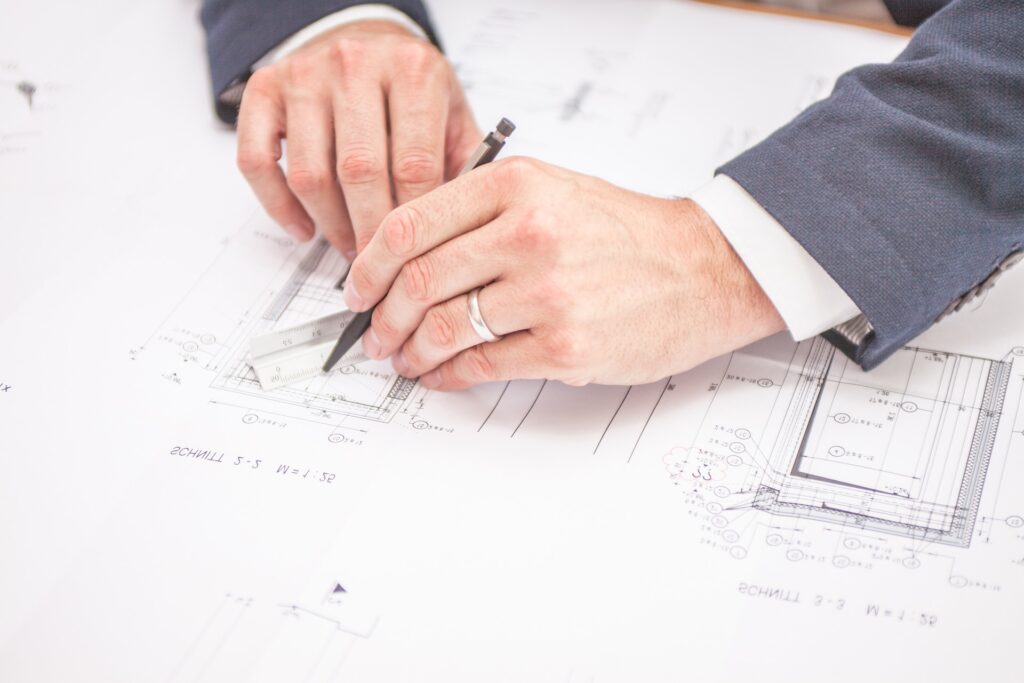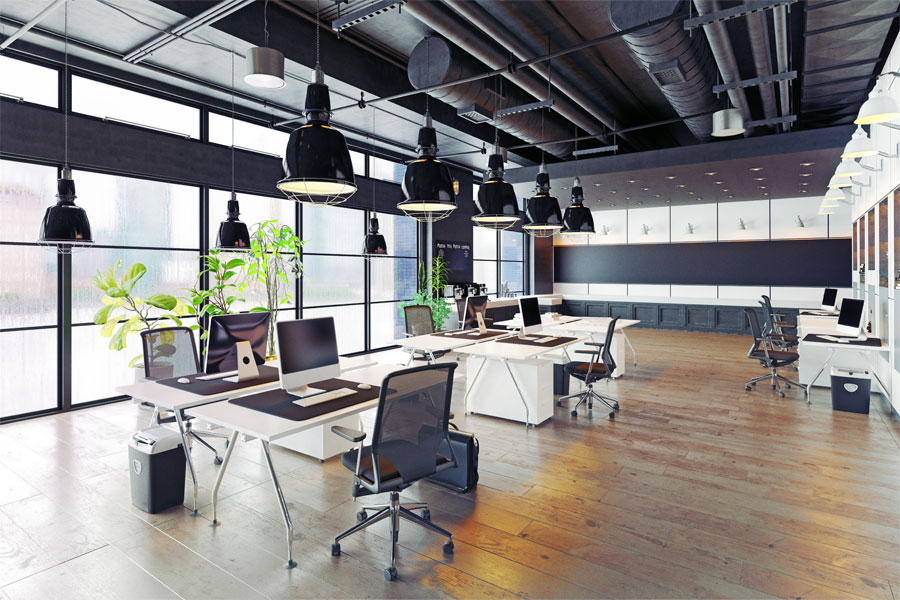In the realm of modern workplace dynamics, office interior design isn’t merely about aesthetics or functionality—it’s a pivotal factor influencing employee engagement and retention. The layout of an office space shapes not only the physical environment where employees spend a significant portion of their time but also profoundly impacts their psychological well-being, productivity levels, and overall satisfaction with their jobs.

Understanding the Impact of Office Layout
The traditional cubicle-dominated office layout of the past has given way to more open, flexible, and collaborative environments. These changes are driven by a deeper understanding of how space influences human behavior and organizational culture. Today’s offices are designed to foster creativity, communication, and a sense of community among employees. The layout isn’t just about arranging desks and chairs; it’s about creating an ecosystem that supports the company’s goals and enhances employee performance.
Factors Influencing Employee Engagement
Collaboration vs. Individual Workspaces
Open-plan offices, characterized by shared spaces and fewer physical barriers, encourage collaboration and spontaneous interactions among employees. This layout is favored by companies aiming to break down silos and promote teamwork. On the other hand, providing quiet areas or private spaces within the same layout can cater to employees who need concentration for focused tasks.
Wellness and Comfort
Employee well-being is a cornerstone of modern office design. Incorporating elements like ergonomic furniture, ample natural light, good air quality, and even biophilic design (integrating nature into the workspace) can significantly enhance comfort levels. When employees feel physically comfortable, they are more likely to be engaged and productive.
Flexibility and Adaptability
Flexibility in office design allows spaces to be easily reconfigured based on changing needs. Agile workspaces accommodate different work styles and preferences, whether it’s hot-desking for flexibility in seating arrangements or creating zones for specific tasks or teams. This adaptability fosters a dynamic environment that can support innovation and employee satisfaction.
Impact on Employee Retention
Employee retention is closely tied to job satisfaction and engagement. A thoughtfully designed office layout can contribute to a positive work environment, which in turn reduces turnover rates. When employees feel valued and comfortable in their workspace, they are more likely to stay with the company long-term. Here’s how office layout contributes to retention:
Sense of Belonging and Identity
Office design can reinforce company culture and values. A well-designed office space reflects the organization’s identity and creates a sense of belonging among employees. This sense of identity fosters loyalty and strengthens the emotional connection employees have with their workplace.
Promotion of Collaboration and Innovation
Innovation often thrives in environments that encourage collaboration and creativity. By designing spaces that facilitate interaction and idea-sharing, companies can inspire innovation among employees. Employees who feel their ideas are valued and have opportunities to contribute are more likely to remain engaged and motivated.
Supporting Work-Life Balance
Office layouts that incorporate wellness features, relaxation areas, or amenities such as gyms or cafes can contribute to a healthier work-life balance. Employees appreciate workplaces that prioritize their well-being, and this can enhance satisfaction and reduce stress levels, ultimately contributing to higher retention rates.

Case Studies and Examples
Google’s Office Design Philosophy
Google is renowned for its innovative office spaces designed to foster creativity and collaboration. From open-plan layouts with flexible workstations to themed meeting rooms and recreational areas, Google’s offices are designed to inspire employees and promote a sense of community.
Airbnb’s Unique Office Spaces
Airbnb’s office design reflects its commitment to diversity and inclusivity. The company’s offices are designed to celebrate different cultures and provide a variety of work environments—from quiet rooms for focused work to open spaces for group discussions and socializing.
Conclusion
In conclusion, office layout is a powerful tool for enhancing employee engagement and retention. By creating environments that support collaboration, prioritize employee well-being, and reflect organizational values, companies can cultivate a positive workplace culture where employees thrive. As businesses continue to evolve, so too must their approach to office design, ensuring that the physical workspace remains aligned with the needs and aspirations of their most valuable asset—their employees.
Ultimately, investing in thoughtful office design isn’t just about creating a visually appealing space—it’s about creating an environment where employees are motivated to do their best work, stay committed to the organization, and contribute to its long-term success. By understanding and leveraging the impact of office layout on employee engagement and retention, companies can position themselves as employers of choice in a competitive talent market.




